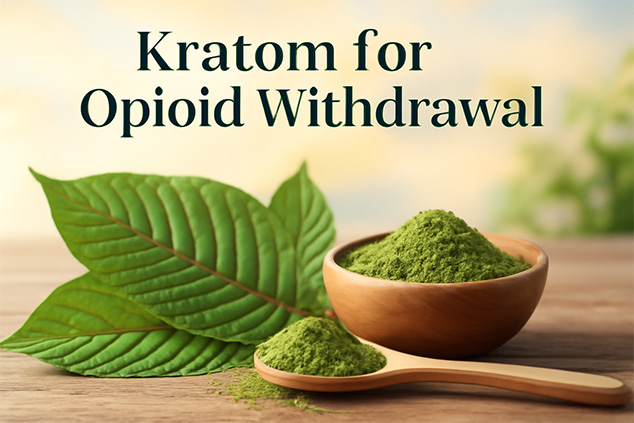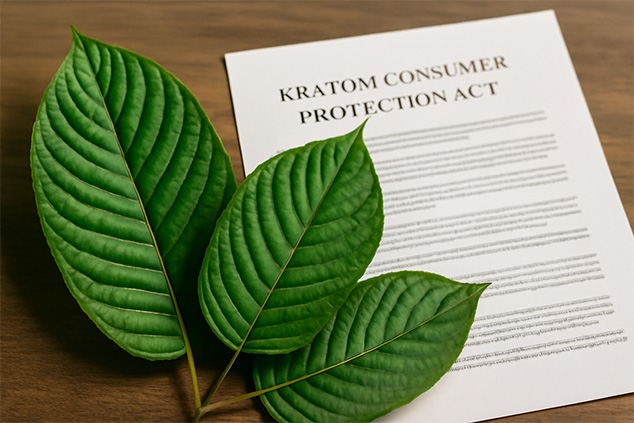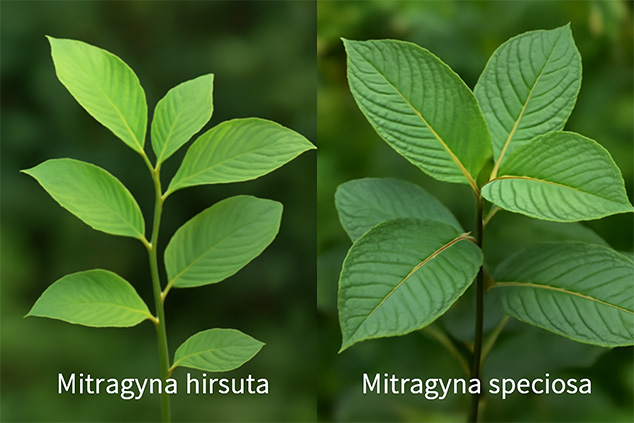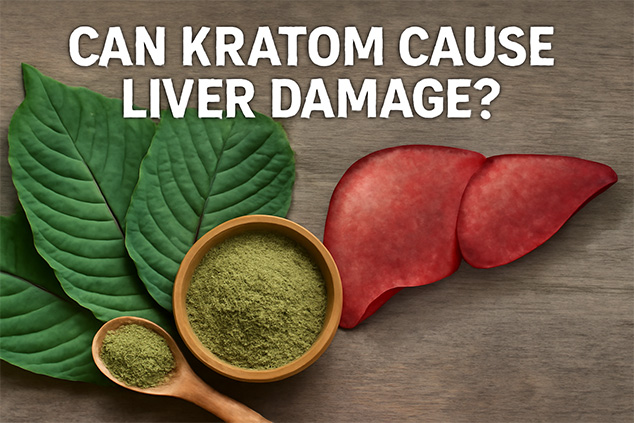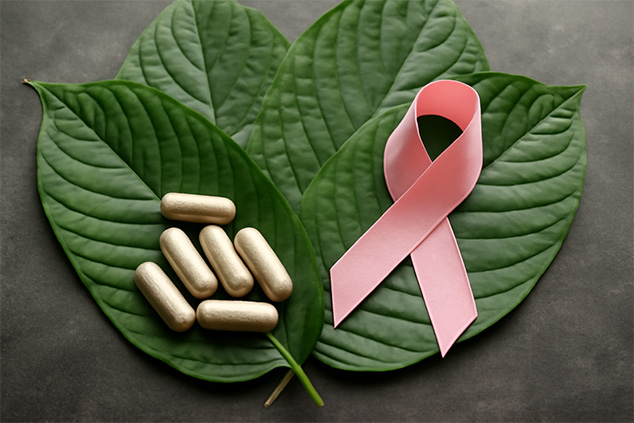When you’re using an herbal supplement, you usually don’t think of it as a medicine. This is why many people may combine alcohol with the herbal supplement they’re currently using.
More often than not, there are no immediate side effects and people simply continue using alcohol.
But is it really so?
Kratom and Alcohol: The Side Effects
What you need to understand is that there are many types of side effects. If you’re not vomiting or having a headache – it doesn’t mean you’re not experiencing side effects stemming from alcohol use.
Basically, side effects are everything your body experiences contrary to the beneficial aspects of your herbal supplement. This may sound a bit complicated, but it’s not. Here’s the thing.
You may feel perfectly normal, without any major side effects such as vomiting or headaches. At the same time, you could be using an herbal supplement and alcohol, while feeling perfectly normal. And still – alcohol could work against you.
How is this possible? Because alcohol can destroy all the “good” chemical processes that are happening in your body, without you even knowing it. And in the end, it would be as if you hadn’t even taken that supplement in the first place.
This is why you really need to pay attention when combining alcohol with natural remedies and supplements. And here we come to the topic of kratom. How kratom and alcohol go (or don’t go) together?
Lack of Reliable Information Available on Combining Kratom and Alcohol
Many kratom users simply don’t know a lot about combining kratom and alcohol. If you do a search on kratom and alcohol online, you’ll find a lot of discussions about this in many online forums.
Most of the users’ comments are based on their personal experience. There is little reliable information on the topic from trustworthy sources.
And this is the real problem. We are all different, which means that two bodies will react differently to an intake of kratom and alcohol.
Furthermore, kratom is a new supplement, and it hasn’t been around for long. There is still not enough research on it. So, we can’t anything with 100% certainty.
However, there are certain points you should keep in mind. But be sure to take the information with a grain of salt because, as we said, the research on the subject is still fresh.

Doses of Kratom and Alcohol
Combining Low Doses of Kratom and Alcohol
If you use a low dose of kratom with alcohol, it will most likely provide relaxing effects, without affecting you too much. There shouldn’t be any major problems, at least that’s what the majority of the users report. You should feel normal, yet slightly more relaxed and elevated.
In general, kratom users who took low doses with alcohol claim they felt very good and uplifted.
Nevertheless, you should definitely avoid this, especially if you need to operate more complicated tasks, such as driving the car or handling heavy equipment. Even low doses combined with alcohol can affect your judgment.
Combining Moderate Doses of Kratom and Alcohol
If you combine kratom and alcohol in moderate doses, that’s already a different story. Now, side effects are slowly starting to show. Many users have reported feeling sick, experiencing dizziness, and vomiting. Also, many of them feel lethargic.
There are, however, users who don’t experience any side effects whatsoever, even at moderate doses. But again, this all comes down to the individual.
One of the reasons why people can experience side effects at moderate doses is kratom strain. As we discussed earlier, there are different kratom strains and they can all have different effects on the individual. Some kratom strains are simply more potent than others, and they work differently with alcohol.
Nausea comes as one of the most common side effects of moderate-dose use. And the strains that usually cause this are so-called sedating strains, which include most types of red vein kratom.
Combining Higher Doses of Kratom and Alcohol
And finally, we come to high-dose use. If you use a high dose of kratom and combine it with alcohol, it will most likely cause nothing but harmful effects.
The majority of users who experienced this say the side effects include: nausea, headaches, feeling hungover after sleeping, etc. It’s very rare to find a user who didn’t feel bad, in any way, after using a high dose of kratom and alcohol.
And these are just some of the side-effects users experience. There are also general fatigue, stomach discomfort, problems with breathing, dehydration, high levels of mental and bodily stress.
Combining alcohol with a lot of kratom can affect your health in so many ways. It’s not just the side effects we mentioned. It can also lead to kratom overdose, which is a terrible experience. You are hereby strongly advised against using alcohol with a high dose of kratom.
Why Kratom and Alcohol Often Don’t Go Well Together?
By definition, alcohol is a depressant. Its function is to block the signals coming to the brain from the nerve receptors. Because of this, you experience reality in a different way, because your senses are somewhat distorted.
Kratom, however, is a stimulant. The function of a stimulant is to increase physiological or nervous activity in the body. Therefore, kratom and alcohol are in direct opposition, and it’s never a good idea to combine a depressant with a stimulant. This is the main reason why so many people experience side effects when combining kratom and alcohol.
So, what would be the best solution?
The answer is this: if possible, you should completely avoid using alcohol along with kratom.
However, if you still prefer consuming alcohol with kratom, we strongly advise to keep it at a bare minimum. And definitely shy away from taking high doses of kratom with alcohol.
Conclusion
Since kratom is relatively new, we expect a lot more research in the months and years to come. We will definitely know a lot more on the subject.
Until then, we advise you again – stay away from alcohol while using kratom. Not only will this protect your health, but it will also enhance all the beneficial qualities of kratom. And you will be able to experience kratom in a much more fulfilling way.
Have you taken kratom and alcohol together? How did you feel? Did you experience any side effects? If so, what did you do?



